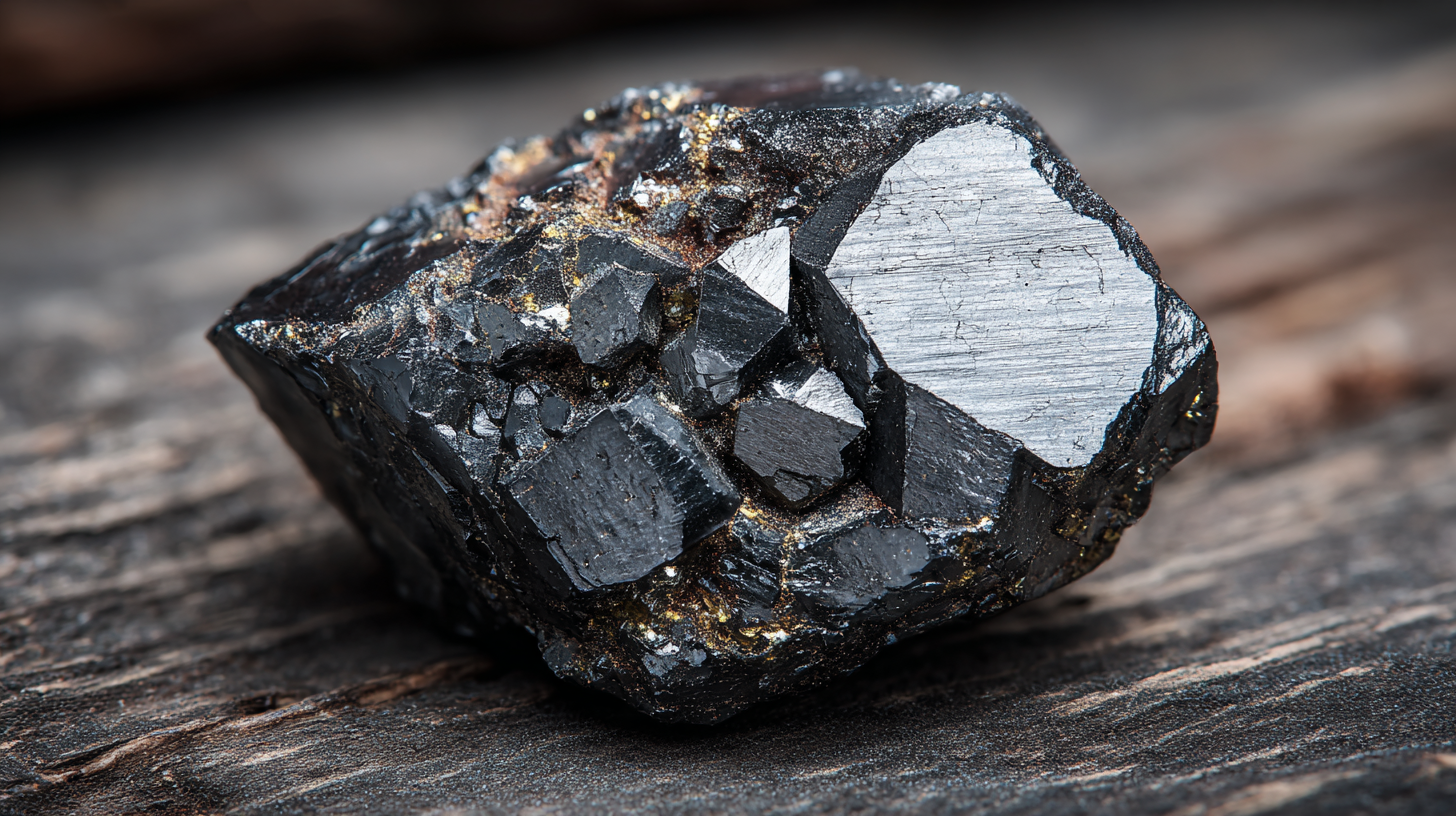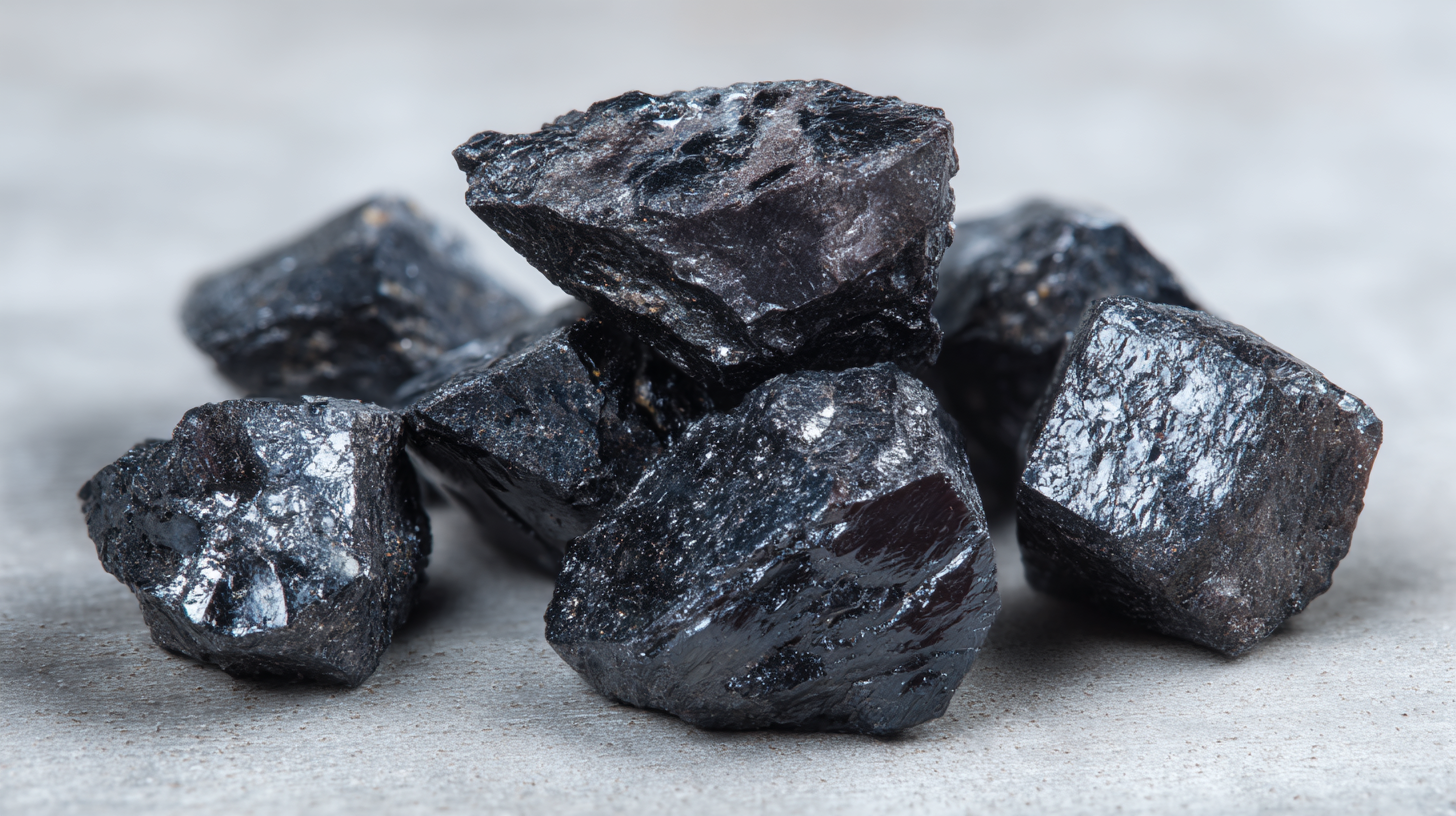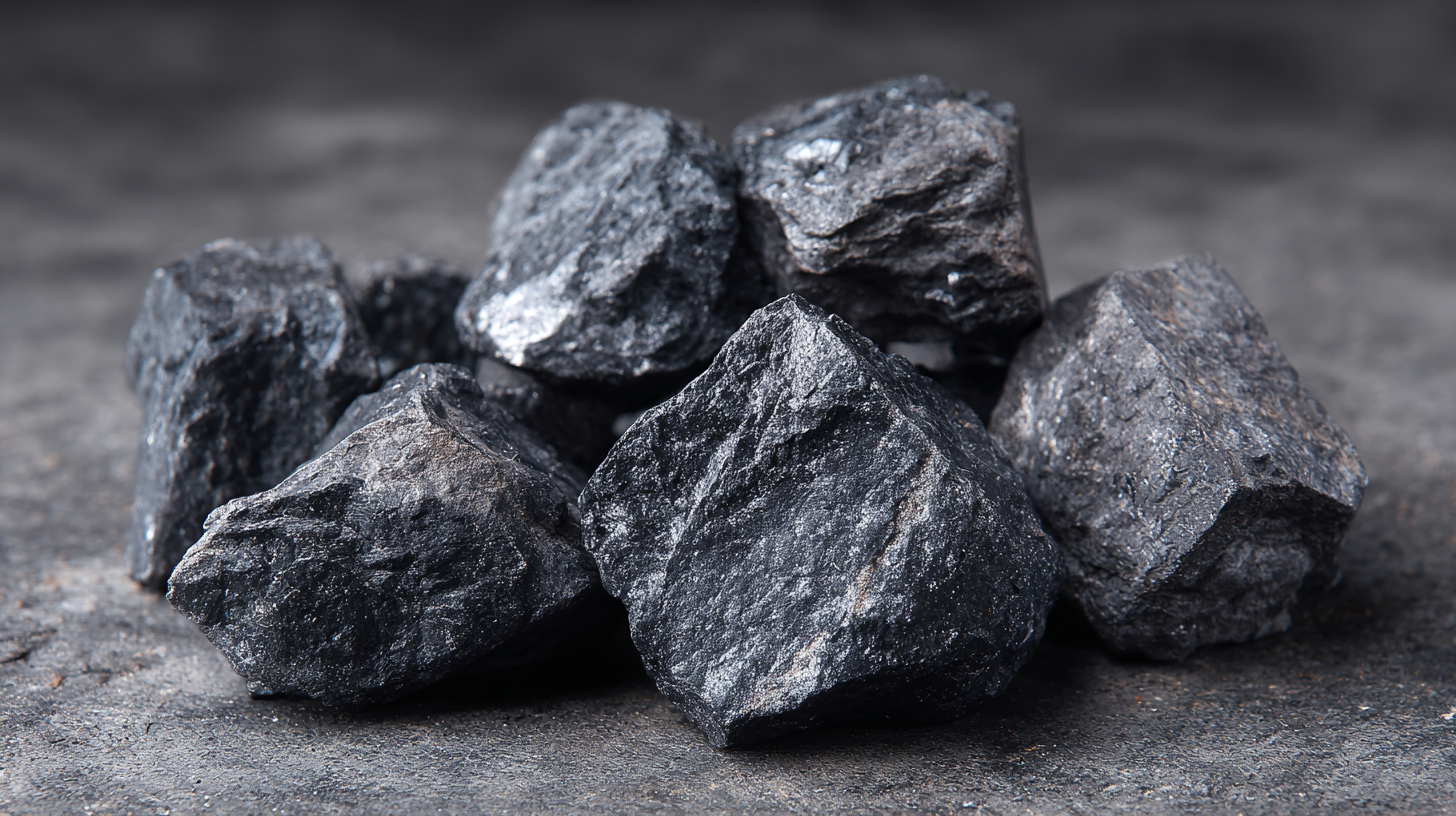The Ultimate Guide to Sourcing the Best Natural Graphite: Insights and Trends for Global Buyers
As the demand for sustainable materials intensifies across various industries, Natural Graphite has emerged as a critical component in applications ranging from batteries to lubricants and steel production. According to a report by Market Research Future, the global Natural Graphite market is projected to reach USD 17.13 billion by 2027, driven by the rapid growth of electric vehicles and renewable energy technologies.

With advancements in extraction and processing techniques, buyers are increasingly seeking reliable sources to meet their needs. This guide will provide insights and trends for global buyers looking to source the best Natural Graphite, equipping them with essential tips to navigate the evolving market landscape effectively. Understanding the complexities of sourcing Natural Graphite is crucial for maximizing value and ensuring sustainability in procurement strategies.
Understanding Natural Graphite: Types and Properties for Global Sourcing
 Natural graphite, a versatile material known for its remarkable properties, plays a pivotal role in various industries, including batteries, lubricants, and steel production. Understanding the different types of natural graphite, including flake, amorphous, and lump graphite, is essential for global buyers seeking to maximize their sourcing strategies. Each type has unique characteristics that dictate its suitability for specific applications. For example, flake graphite is prized for its high purity and electrical conductivity, making it ideal for battery applications, while amorphous graphite is more valuable for lubricants due to its excellent thermal stability.
Natural graphite, a versatile material known for its remarkable properties, plays a pivotal role in various industries, including batteries, lubricants, and steel production. Understanding the different types of natural graphite, including flake, amorphous, and lump graphite, is essential for global buyers seeking to maximize their sourcing strategies. Each type has unique characteristics that dictate its suitability for specific applications. For example, flake graphite is prized for its high purity and electrical conductivity, making it ideal for battery applications, while amorphous graphite is more valuable for lubricants due to its excellent thermal stability.
Tip: When sourcing natural graphite, consider the purity levels required for your application. Higher purity often translates to better performance, but it may also come with a higher price tag. Conduct thorough testing to determine the optimal balance between cost and performance.
Moreover, staying updated on market trends, such as the increasing demand for electric vehicles, can inform sourcing decisions. The shift towards greener technologies is driving up the need for high-quality natural graphite, especially in the battery sector.
Tip: Engage with suppliers who provide transparent information about their sourcing and processing methods. This can help ensure that you are obtaining ethically sourced materials that meet your production standards. Regularly review supplier performance to adapt your sourcing strategies to evolving market conditions.
Key Trends Shaping the Natural Graphite Market in 2023
The natural graphite market in 2023 is shaped by several key trends that global buyers need to pay attention to. Firstly, the rising demand for electric vehicles (EVs) and energy storage systems is driving the need for high-quality graphite, especially for battery production. According to a recent market report, the global natural graphite market is expected to grow at a CAGR of 7.5% from 2023 to 2028, fueled primarily by the increased adoption of lithium-ion batteries. Buyers should prioritize sourcing graphite from suppliers that demonstrate strong sustainability practices, as consumers increasingly favor eco-friendly products.
Furthermore, geopolitical factors are influencing the landscape of natural graphite sourcing. Key producers like China hold a significant share of the global supply, which presents both opportunities and risks. Buyers must navigate these complexities by diversifying their sourcing strategies and considering graphite deposits in emerging markets. To mitigate potential supply chain disruptions, it is advisable to establish partnerships with multiple suppliers across different regions.
Tips: When sourcing natural graphite, always conduct thorough due diligence to assess the quality and origin of the material. Additionally, keep abreast of regulatory changes and trade agreements that could impact pricing and availability. Timely communication with suppliers can also help in securing favorable terms and maintaining supply continuity amidst market fluctuations.
China's Role in the Global Graphite Supply Chain: Manufacturing Excellence
China is undeniably a key player in the global graphite supply chain, accounting for approximately 70% of the world’s natural graphite production as of 2021. This overwhelming share has positioned China not only as a major supplier but also as a hub for graphite processing and manufacturing, primarily driven by advancements in technology and investment in mining infrastructure. Often referred to as the "world’s graphite factory," China's dominance is reflected in its ability to produce high-quality graphite suitable for various applications, including batteries for electric vehicles, lubricants, and batteries.

The Chinese graphite industry has seen substantial growth, with a compounded annual growth rate (CAGR) of around 5% from 2016 to 2021, as reported by industry analysts. This growth is partly fueled by the increasing demand for graphite in renewable energy technologies, such as lithium-ion batteries. In response to global trends toward sustainability and electrification, China is not only ramping up production but is also focusing on enhancing the quality of its graphite products. Chinese manufacturers, with their state-of-the-art technologies, are innovating to meet stricter environmental regulations and international standards, thereby solidifying their critical role in the global market.
Evaluating Quality: What to Look for in Natural Graphite Products
When sourcing natural graphite products, quality evaluation is paramount for global buyers. One critical factor to consider is the purity level, typically expressed in percentage form. According to the Global Graphite Market Report 2022, high-quality natural graphite should have a purity level of at least 90%, with some premium grades reaching up to 99.9%. Such purity ensures superior conductivity and structural integrity, essential for applications in batteries and electronics.
Another aspect to evaluate is the flake size and distribution, as this impacts performance in various applications. Research from Industry Research Group indicates that graphite with larger flake sizes offers better performance in lubricants and batteries. Buyers should look for suppliers who can provide detailed specifications on flake size distribution, ensuring they receive products that meet their specific needs. Furthermore, sourcing from certified producers who adhere to stringent environmental and safety standards can significantly enhance the credibility and sustainability of the procurement process, aligning with the increasing global emphasis on responsible sourcing practices.
Best Practices for Sourcing Natural Graphite: Tips for International Buyers
Sourcing natural graphite can be a complex process for international buyers, but understanding best practices can streamline the experience. First and foremost, thorough market research is essential. Prospective buyers should familiarize themselves with the major graphite-producing countries, such as China, Madagascar, and Brazil, and analyze their production capabilities, quality standards, and pricing structures. This knowledge not only aids in identifying reliable suppliers but also helps buyers negotiate better terms by being well-informed about global trends and market fluctuations.
Another key aspect of sourcing natural graphite is establishing strong relationships with suppliers. Engaging with manufacturers through regular communication and visits can foster trust and ensure transparency throughout the sourcing process. It's also beneficial to request samples and conduct quality assessments to verify that the graphite meets specific application requirements. Additionally, buyers should stay updated on environmental regulations and sustainability practices, as many industries are increasingly prioritizing ethically sourced materials. By adopting these best practices, international buyers can effectively source high-quality natural graphite that meets their needs.
The Ultimate Guide to Sourcing the Best Natural Graphite
| Source Region | Quality Grade | Purity (%) | Market Trend | Typical Application |
|---|---|---|---|---|
| China | High Grade | 94-98 | Increasing Demand | Batteries, Lubricants |
| Brazil | Medium Grade | 80-90 | Stable Prices | Steel Production, Refractories |
| Canada | High Grade | 95-99 | Growing Export | Electronics, Fuel Cells |
| India | Low Grade | 70-80 | Price Fluctuations | Brake Linings, Batteries |
| Namibia | High Grade | 90-95 | Emerging Market | Graphene Production, Conductive Materials |
| Russia | Medium Grade | 85-90 | Consistent Supply | Foundries, Crucibles |